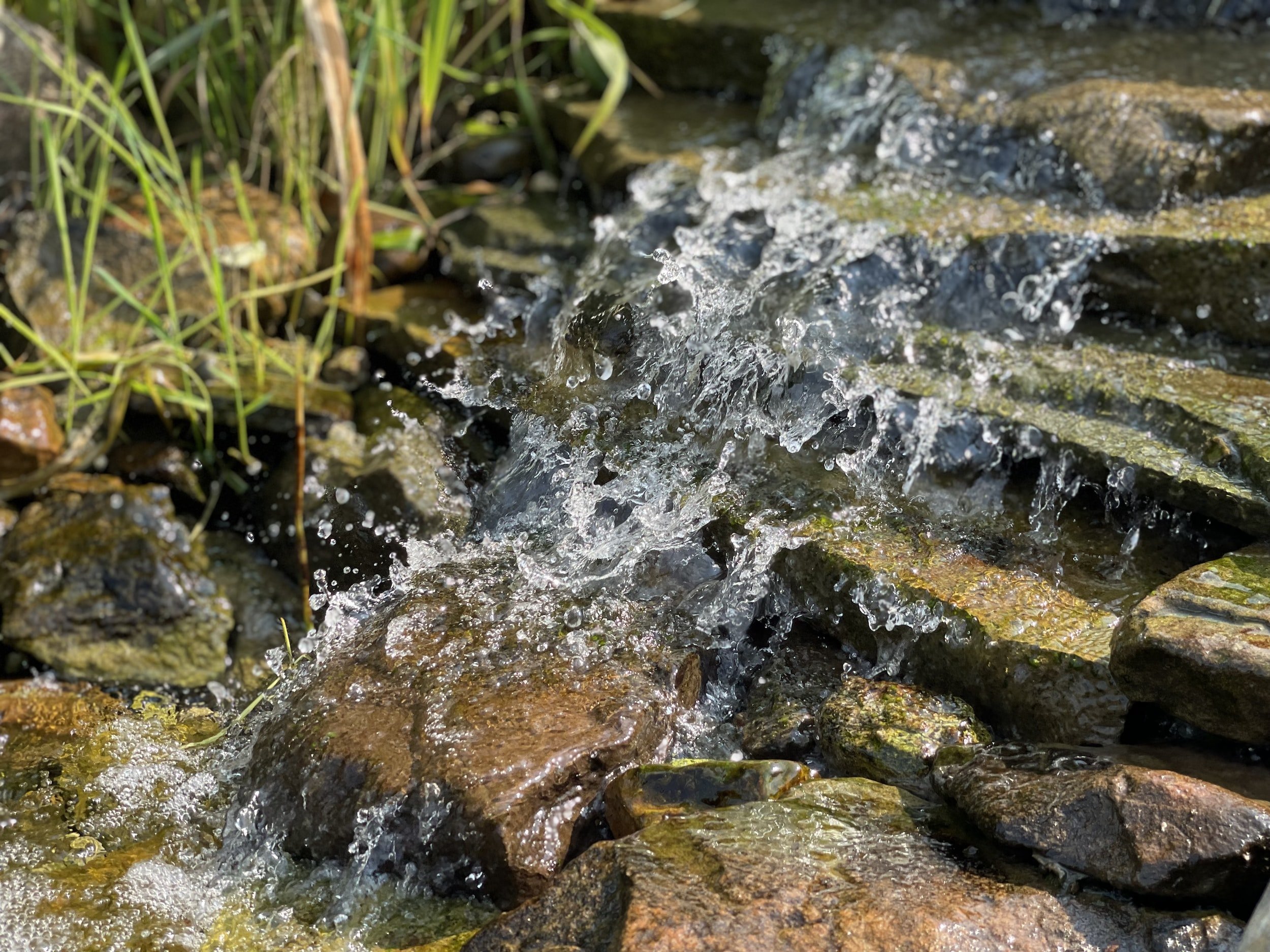
Source Water Assessment and Protection (SWAP)
On the Navajo Nation, groundwater is the source of drinking water for 99 percent of the population that is served by a public water system.
Groundwater is used for raising livestock, agriculture, and industry. Although groundwater was once thought to be protected by layers of rocks and soil, it is now known that groundwater, and particularly Groundwater Under the Direct Influence (GUDWI) of surface water, is vulnerable to contamination. Contaminants can enter source waters (waters that can be used as drinking water) from animal rangelands, open dumps, waste storage lagoons, and sewage and septic systems. Source waters can also be contaminated by chemical spills, open well casings, abandoned wells, and fertilizers, herbicides, and pesticides. The PWSSP implements the SWAP Program as a step toward protecting source waters from this type of contamination.
There are four major components to implementing the SWAP program:
First, the PWSSP must delineate Source Water Protection Areas (SWPAs) for each source of drinking water. A SWPA is the surface and subsurface area surrounding a well, wellfield, spring, or other surface or ground water at issue, through which contaminants are likely to move and reach source waters.
Second, PWSSP will inventory each SWPA to identify potential sources of contamination (the inventory form is found here under forms).
Third, PWSSP will conduct a susceptibility assessment for each drinking water source (forms for susceptibility assessment and updates are found here under forms).
Finally, PWSSP will make its findings available to interested parties using the Emergency Water Supply Plan Template (found here under guides).

